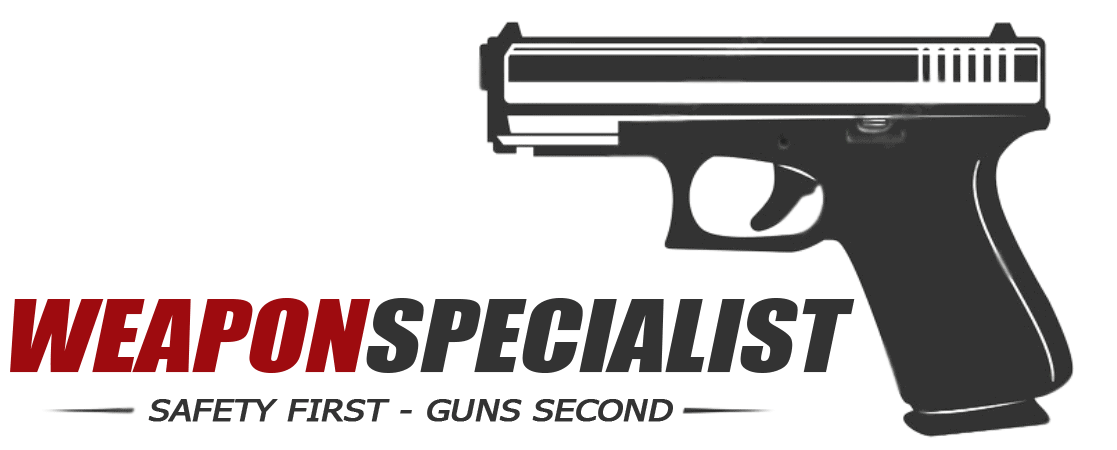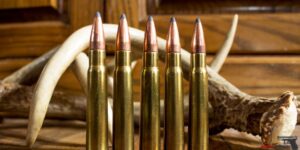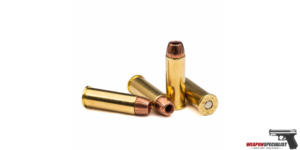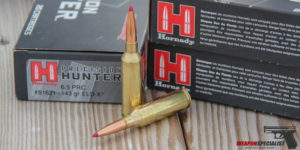When it comes to firearms, safety should always be a top priority. As a result, firearms manufacturers are always looking for ways to improve the safety features of their products. One such feature is the decocker, a mechanism that allows for safe decocking of a firearm. In this blog post, we will explore what a decocker is, how it works, its benefits and limitations, and its use in different firearms.
What is a Decocker?
A decocker is a device that allows a shooter to safely decock their firearm. When a firearm is cocked, it is in a state where it is ready to be fired. Decocking refers to the process of safely returning the firearm to its uncocked state. A decocker is designed to make this process safer and easier.
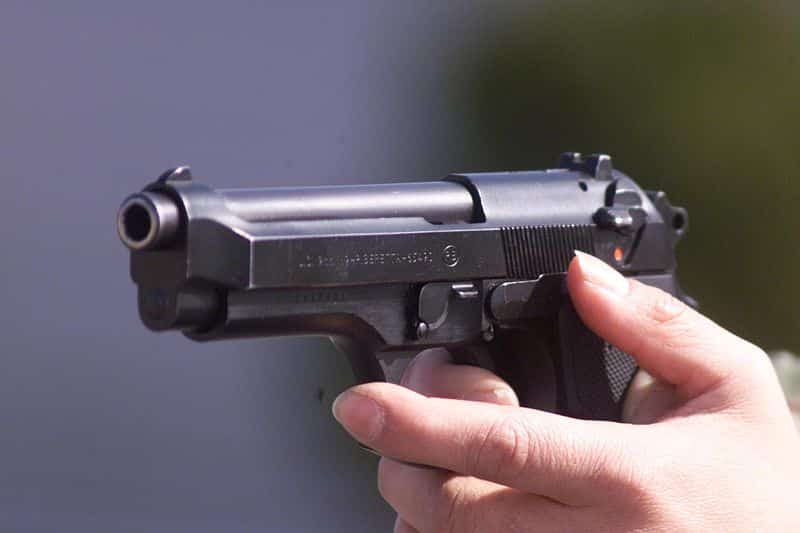
How Does a Decocker Work?
A decocker is a type of firearm safety mechanism that allows the user to safely lower the hammer or striker of a loaded firearm without having to manually pull it back.
This feature prevents accidental discharge and also reduces stress on the firing pin from repeated resetting. Some firearms have built-in decocking mechanisms, while others require an aftermarket component to be installed.
The most common types of decockers are lever-style, button-style, and thumb-style. Lever-style decockers can be found on many popular semi-automatic pistols such as the Beretta 92FS, CZ 75B series, Glock 17/19, SIG P226/P229 and other handguns in this class.
Button style decockers are found on revolvers such as the Smith & Wesson Model 686 and Taurus Judge. Thumb-style decockers typically appear on bolt action rifles, and they allow the user to quickly lower the hammer without having to manually cock it back into place.
Decocking a firearm is a simple process and should always be done with caution. In most cases, making sure that the firearm is pointed in a safe direction will suffice when lowering the hammer or striker via a decocker.
However, some firearms may require additional steps due to their design or caliber. It’s important to familiarize yourself with your particular firearm’s manual before attempting this procedure for your own safety.
Overall, decocking mechanisms are great tools for making firearms maintenance and use more safe and efficient. They also provide peace of mind, knowing that the firearm will not accidentally discharge when it’s being stored or handled. If you have a firearm with an integrated decocking mechanism, make sure you are educated on its proper use and operation.
Benefits of a Decocker
One of the main benefits of using a decocker is safety. When manually cycling or racking a slide to load and unload a firearm, there is always the potential risk that an accidental discharge may occur.
A decocker eliminates this potential hazard by allowing users to safely lower the hammer of their firearm without having to manually cycle or rack the slide.
This makes it easier and safer to operate firearms, especially for those who may not be as familiar with safe handling practices. Additionally, if you need to quickly disarm your weapon in an emergency situation, a decocker can provide you with this capability in seconds.
Decockers can also make it easier to store firearms when they are not being used. Decocking removes any tension on the firing pin or other components and can make it easier to safely store firearms without worrying about them being unintentionally fired.
This is especially important for those who need to leave their firearms stored in an unsecured location for extended periods of time, such as traveling.
Finally, decockers can provide a smoother shooting experience as well. By lowering the hammer prior to shooting, the trigger pull will be lighter and more consistent, which can lead to improved accuracy when shooting.
Additionally, since there is no longer any tension on the firing pin or internal components while decocked, this can reduce wear and tear on your firearm over time.
Limitations of a Decocker
One of the main limitations of a decocker is that it can only be used for handguns that are equipped with this type of safety mechanism. Decockers cannot be added to guns that do not already have them, and some models may require professional installation or modification to work properly.
Additionally, since the decocking process lowers the hammer on an unloaded gun, it will not protect against accidental firing in a loaded firearm. This means that any time you handle your handgun with a decocker installed, you should always check to make sure it’s unloaded before beginning any operation.
Finally, the decocker is designed as a safety feature and may not function properly if misused or abused. It’s important to follow all manufacturer instructions when using a decocking device.
Ultimately, while the decocker can provide an extra layer of safety and convenience for a handgun user, it is important to remember that it is not a replacement for proper gun safety practices.
You should always follow all safety protocols when using firearms, regardless of whether you have a decocker or not. This includes never pointing at something you don’t intend to shoot, keeping your finger off the trigger until ready to fire, and being aware of your surroundings when handling firearms.
Types of Decockers
There are different types of decockers available in firearms. Some firearms have a dedicated decocker, while others have a decocker incorporated into a safety. Here are some of the most common types of decockers:
- Frame Mounted Decocker: A frame-mounted decocker is a device that is mounted to the frame of the firearm. This type of decocker is typically found on pistols and revolvers.
- Slide Mounted Decocker: A slide-mounted decocker is a device that is mounted on the slide of a firearm. This type of decocker is typically found on semi-automatic pistols.
- Safety/Decocker Combination: Some firearms have a safety/decocker combination, which allows a shooter to both safely decock the firearm and put the safety on at the same time.
- Decocker-Only: Some firearms have a decocker-only mechanism that allows a shooter to safely decock the firearm, but does not provide any other safety features.
Decocker in Different Firearms
Decockers are used in a variety of firearms, including pistols, revolvers, and shotguns. Here are some examples of firearms that feature a decocker:
- SIG Sauer P226: The SIG Sauer P226 is a popular pistol that features a frame-mounted decocker. The decocker on the P226 is designed to be used with a live round in the chamber.
- Beretta 92FS: The Beretta 92FS is a semi-automatic pistol that features a slide-mounted decocker. The decocker on the 92FS is incorporated into the safety, which means that the shooter can decock the firearm and put the safety on at the same time.
- Glock 19: The Glock 19 is a popular semi-automatic pistol that does not feature a dedicated decocker. However, it does have a striker deactivation button that allows a shooter to safely decock the firearm.
- CZ 75B: The CZ 75B is a semi-automatic pistol that features a frame-mounted decocker. The decocker on the CZ 75B is located on the left side of the frame, which may be awkward for left-handed shooters.
Tips for Using a Decocker
Using a decocker can take some practice, but there are some tips that can make the process smoother and safer:
- Always ensure that the firearm is pointed in a safe direction before decocking.
- Read the manufacturer’s instructions before using the decocker.
- Practice decocking with an unloaded firearm before using it with live ammunition.
- Be aware of the limitations of the decocker, and adjust your shooting style accordingly.
Conclusion
In conclusion, a decocker is an important feature in modern firearms that allows for safe decocking of a firearm. There are different types of decockers available, and they can be found in pistols, revolvers, and shotguns.
While a decocker can make handling a firearm safer and easier, it is important to be aware of its limitations and practice safe handling techniques. With the right knowledge and training, a decocker can be a valuable addition to any firearm owner’s toolkit.
Last Updated on October 28, 2023 by
